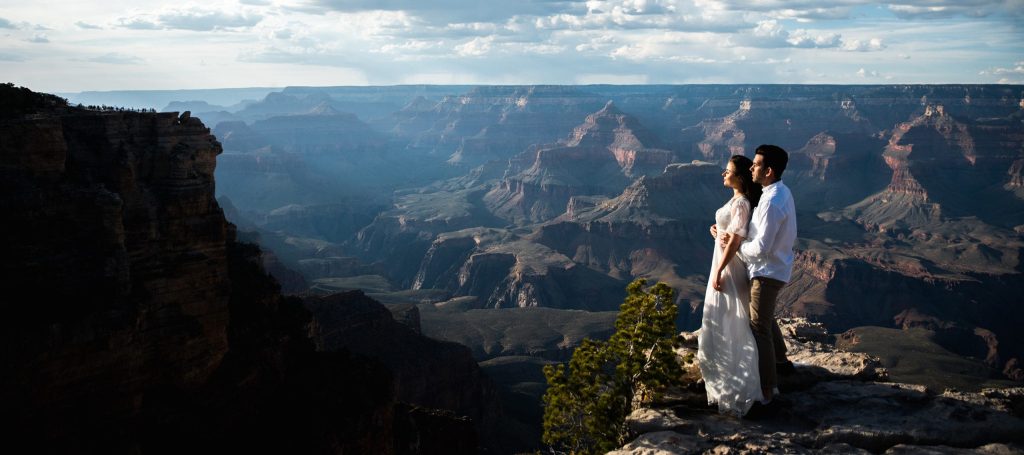

Why were honeymoons invented? This seemingly simple question delves into a rich tapestry of history, tradition, and cultural evolution. Honeymoons, those romantic getaways following a wedding, are more than just a trend; they represent a deeply rooted custom with a history that spans centuries. From practical beginnings to the modern emphasis on romance, this journey explores the origins and transformations of honeymoons, highlighting the factors that shaped this significant tradition. This article will analyze the historical, cultural, and societal influences that led to the invention of honeymoons, revealing the various motivations and purposes behind this widespread custom. We will examine how honeymoons transitioned from practical necessities to romantic escapades, ultimately shedding light on the enduring value of this treasured tradition.
Early Practices and Practicality
Ancient Roots of the Honeymoon Custom
The concept of a honeymoon, or a period of time dedicated to a newlywed couple following a marriage ceremony, has ancient roots, traceable to several cultures throughout history. In many ancient societies, the honeymoon wasn’t solely about romance; it served practical purposes. This period of seclusion served as a time for the couple to transition into their new roles, and establish themselves in a new home, resolving practical necessities. For example, in some ancient civilizations, honeymoons were a period of seclusion and recuperation, allowing the couple time to get accustomed to their new lives together.
Shifting Societal Norms and Traditions
The Transition from Practicality to Romance
As societies evolved, so too did the concept of the honeymoon. From the ancient emphasis on practical necessities, the concept gradually evolved into a ritual or tradition, marking a significant transition in a couple’s life, establishing a new beginning. In many Western cultures, the honeymoon was linked to the idea of a post-wedding celebration, but also served to solidify the marriage and establish the couple within the wider social circles. The shift towards romantic ideals began to emerge in the Victorian era.
The Victorian Era and the Rise of Romance
From Practicality to Passionate Getaways
The Victorian era saw a significant shift in the perception of honeymoons. The emergence of leisure time and the growing popularity of travel facilitated romantic escapes. Honeymoons transformed into opportunities for couples to explore and enjoy a luxurious getaway together, creating lasting memories outside of the wedding festivities. The idea of romantic seclusion and shared experiences cemented the honeymoon as an important aspect of the marriage ceremony. Travel became easier and more accessible, further fueling the development of honeymoons as an expression of love and shared adventure.
The Modern Honeymoon: Adapting to Changing Times
Balancing Tradition and Modern Trends
In the modern era, honeymoons continue to evolve, reflecting the diverse preferences and lifestyles of couples. The rise of the internet and social media has fueled the growing demand for personalized experiences and unique destinations. Couples increasingly prioritize experiences over material possessions, leading to customized excursions tailored to their interests and budgets. Additionally, cultural influences and global travel have expanded the possibilities for destinations, making the modern honeymoon even more unique and varied.
Factors Influencing Modern Honeymoon Choices
Considerations Beyond Tradition
Several factors play a role in shaping the choices of modern couples when planning their honeymoons. Budget constraints, desired length of stay, and the couple’s travel style all influence the planning process. The rise of social media has also empowered couples to gather inspiration and plan unique adventures. Honeymoons are increasingly becoming personalized experiences, highlighting the evolving values and preferences of modern couples.
Conclusion
Historical Context
Cultural Variations
Social Evolution
Frequently Asked Questions
What is the origin of the term "honeymoon"?
The term “honeymoon” is believed to have originated from the ancient custom of offering honey to newly married couples. In some cultures, honey was seen as a symbol of sweetness and happiness, wishing the couple a happy future together. This custom evolved into the tradition of a honeymoon, signifying a period of celebration and joy.
How has the concept of the honeymoon changed over time?
Initially, the honeymoon focused on practical purposes, such as settling into a new home, recuperation, or solidifying the marriage amongst social circles. However, as societal norms and the availability of travel changed, the concept shifted towards a period of romance and relaxation. This transformation has resulted in modern honeymoons, which emphasize creating lasting memories, personalized experiences, and adventure for the couples.
In conclusion, honeymoons weren’t invented for a single reason, but rather evolved through a blend of cultural and societal factors. From practical purposes like legitimizing a marriage to the modern emphasis on romance and relaxation, the concept of the honeymoon continues to adapt and reflect the values of each era. Understanding this rich history allows us to appreciate the enduring significance of this tradition in marking a couple’s transition into married life. Plan your unforgettable honeymoon today! Explore diverse destinations and create lasting memories.